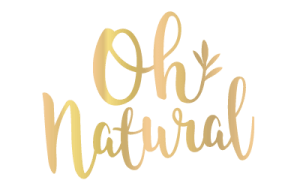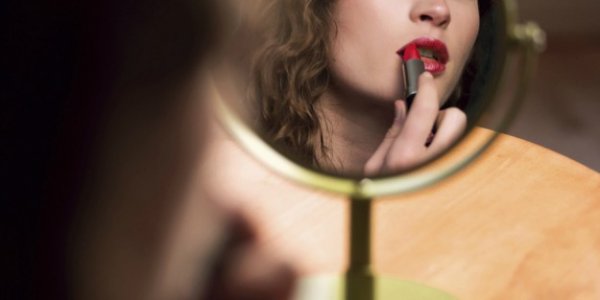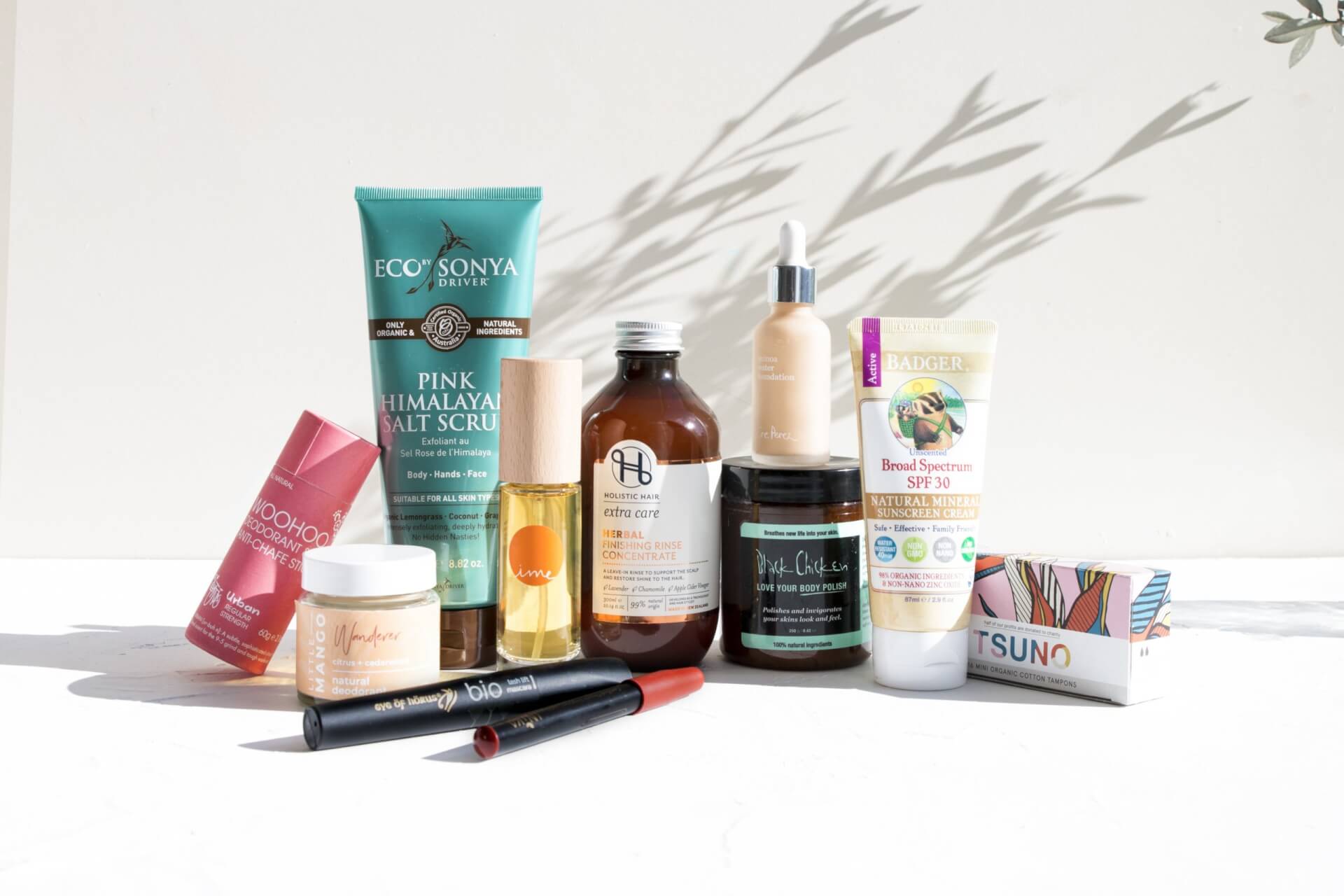All Categories, Beauty
Natural Lipstick
What nasties are hiding in your lipstick?
We began questioning the safety of lipstick brands back in 2007 when Campaign for Safe Cosmetics tested lipsticks and found lead in 61 percent of them, including Burt’s Bees ‘natural’ tinted chapstick. Like-wise some high profile New Zealand made lipstick brands which market themselves as being natural also contain lead-based colourants.
Most lipsticks contain at least a trace of lead, but a wide range of commercial lipstick brands contain as many as eight other metals, from cadmium to aluminium. Now experts say lipsticks and lip glosses may pose increased health risks because they are both swallowed, and absorbed through the skin, over long periods of time.
What’s the problem with toxic lipstick?
Like it or not, we eat our lipsticks and lip glosses, and smear them on our skin – often repeatedly throughout the day – and mainstream brands contain a cocktail of heavy metals like aluminium, cadmium, chromium, cobalt and manganese.
A key toxin in lipstick is the well-known neurotoxin; lead. Yes, in the 21st century we are still adding lead to lipstick – because it helps deliver colour with a punch. You won’t find it listed in the ingredients list as it is tidily labelled Blue No. 1 Aluminium Lake or Red No. 6. It’s likely you’ll spot D&C Red 6 which the EWG warns has impurity concerns of arsenic, lead, gossypol, mercury, PCBs and pesticides.
Don’t be fooled by the term ‘organic colourants’ – this is chemistry terminology for petrochemicals. So top lipstick colour D&C Red No. 6 Ba Lake is “a synthetic dye produced from petroleum or coal tar sources; this dye is FDA-approved for use in pharmaceuticals and cosmetics” – but not for cosmetics used around the eye area. D&C means Approved for Drugs and Cosmetics, while FD&C means approved for Food, Drugs and Cosmetics. That’s right, the FDA say D&C Red colours are too dangerous to consume – but they are allowed in lipsticks; which we consume.
Research suggests that the more intense lipstick colours may contain more metals because of the colours required, which means  it is tragically hard to find a great scarlet without lead based colourants. May we introduce the brightest lead free red lipstick in New Zealand, Zuii’s Classic Red!
it is tragically hard to find a great scarlet without lead based colourants. May we introduce the brightest lead free red lipstick in New Zealand, Zuii’s Classic Red!
What are the facts on toxic lipsticks?
Basically, all the mainstream brands include lead, and other heavy metals like cadmium are rife.
Also in the United States, the FDA tested 400 lipsticks in 2013 and found that all contained traces of lead. Unsurprisingly, the highest levels of lead were in lipsticks made by Procter & Gamble (Cover Girl, L’Oreal and Maybelline), and Revlon. They then issued “draft guidance to industry recommending that cosmetic lip products and externally applied cosmetics not contain more than 10 ppm lead as an impurity”.
For context, the FDA limits lead in candy frequently eaten by small children to 0.1ppm. In other words, lipstick can legally contain 100 times the limit allowed in children’s candy. The FDA say that children are more vulnerable to brain damage from lead, but others believe that there should be a zero tolerance for heavy metals in cosmetics and are especially concerned with the effects of lead, chromium, aluminium and other metals on pregnant women (lead crosses the placenta easily and can cause developmental issues) and younger girls.
This research from the Centers for Disease Control and Prevention states that no safe blood lead level has been identified. In other words, any lead is unsafe.
Mother Jones reported on a 2013 study by the University of Berkley “though metal content varied widely from [lipstick] brand to brand, they found that women who apply lipstick two to three times daily can ingest a significant amount—20 percent of the daily amount that’s considered safe in drinking water or more—of aluminium, cadmium, chromium, and manganese. Depending on the lipstick, in some cases women … were meeting or surpassing the daily recommended exposure to chromium, aluminium, and manganese. Lead, a metal that humans should avoid exposure to entirely, was detected in 75 percent of the samples.”
A small study by University of California researchers found nine toxic heavy metals, including chromium, cadmium, aluminium, manganese, and lead in testing of 24 lip glosses and eight lipsticks. Most of the tested lip products contained high concentrations of titanium and aluminium, and all had detectable manganese. Lead was detected in 75% of the lip glosses and lipsticks.
What can you do to get rid of heavy metals in your lipsticks?
Toss the lot. We mean it! Take a deep breath and throw them in the bin. Then you have the excuse to jump into our online store and buy a whole new palette of delicious lead-free natural lipsticks and toxin-free lip glosses in your favourite colours.
Browse the full range of Oh Natural lipsticks and shop online now!


